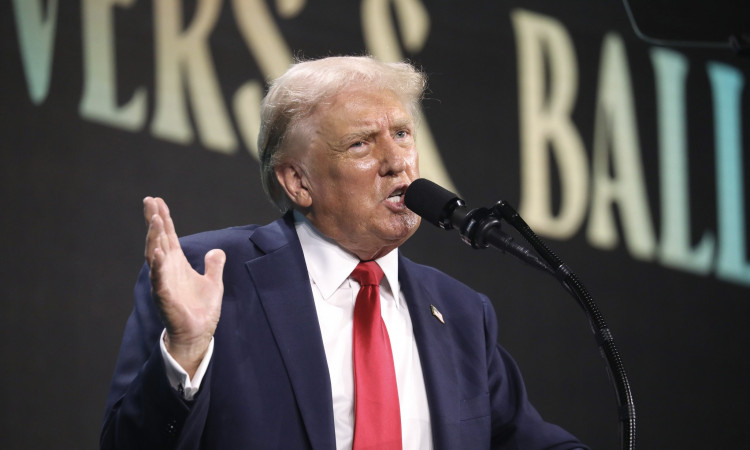President Donald Trump lashed out at Federal Reserve Chairman Jerome Powell on Wednesday, demanding immediate interest rate cuts after private-sector hiring figures fell sharply below expectations. The outburst followed ADP's monthly employment report, which showed just 37,000 private payrolls added in May-well under the Dow Jones estimate of 110,000.
"ADP NUMBER OUT!!! 'Too Late' Powell must now LOWER THE RATE," Trump posted on Truth Social. "He is unbelievable!!!"
The criticism intensified already strained relations between Trump and Powell, just days after the two met at the White House to discuss economic conditions. According to White House press secretary Karoline Leavitt, Trump warned Powell that failing to lower rates was "putting us at an economic disadvantage to China and other countries."
The ADP report marked the weakest monthly reading since March 2023, adding to concerns that momentum in the U.S. labor market is slowing. "After a strong start to the year, hiring is losing momentum," said Nela Richardson, chief economist at ADP.
Economists expect Friday's official nonfarm payrolls report from the Bureau of Labor Statistics to show an increase of about 125,000 jobs-down from previous months but still indicating moderate growth.
Trump's attacks on Powell have been a recurring theme since he returned to office. He has labeled the Fed chair "Too Late" in reference to what he sees as slow action on rates and has floated firing him, despite legal obstacles to doing so before Powell's term expires in 2026.
The Fed has held rates steady after three cuts last year, citing resilient underlying economic data and concerns that further easing could fuel inflation. Powell, for his part, has maintained that monetary policy decisions must be "guided by economic data, not politics," according to the Fed's account of their meeting.
Trump contrasted the Fed's approach with Europe's, noting that the European Central Bank has lowered rates "NINE TIMES." The ECB is expected to cut rates again on Thursday amid softening inflation and weak growth in the euro zone.






